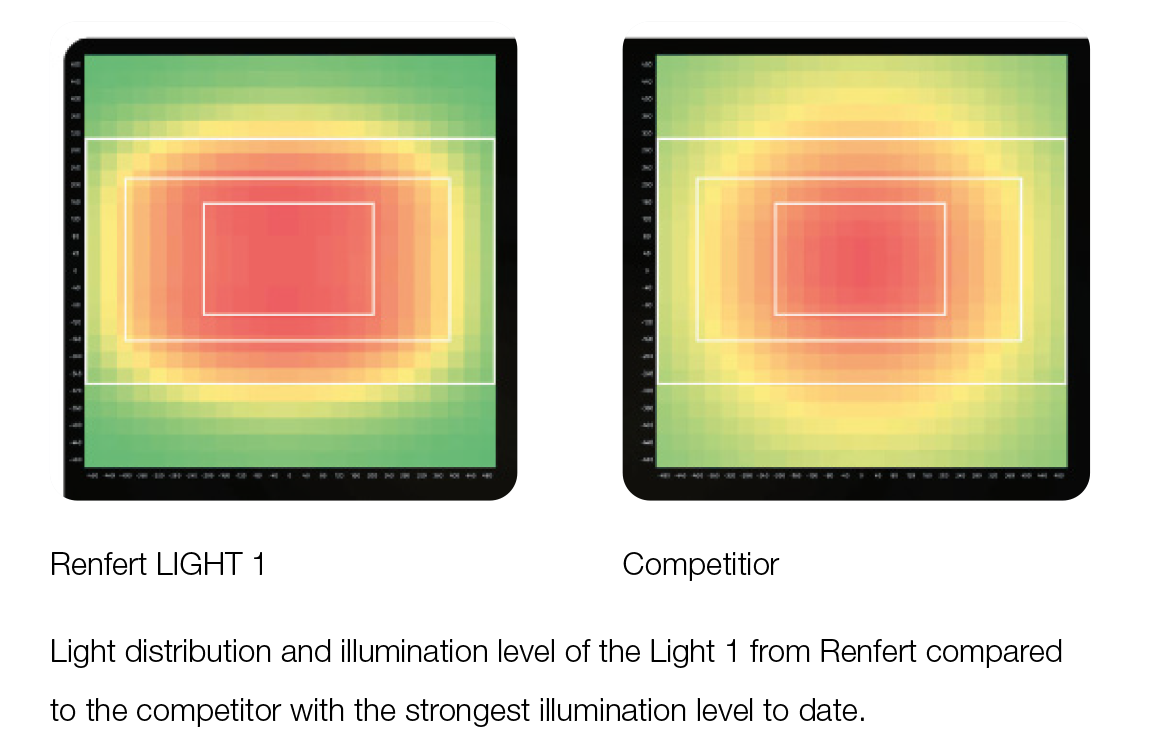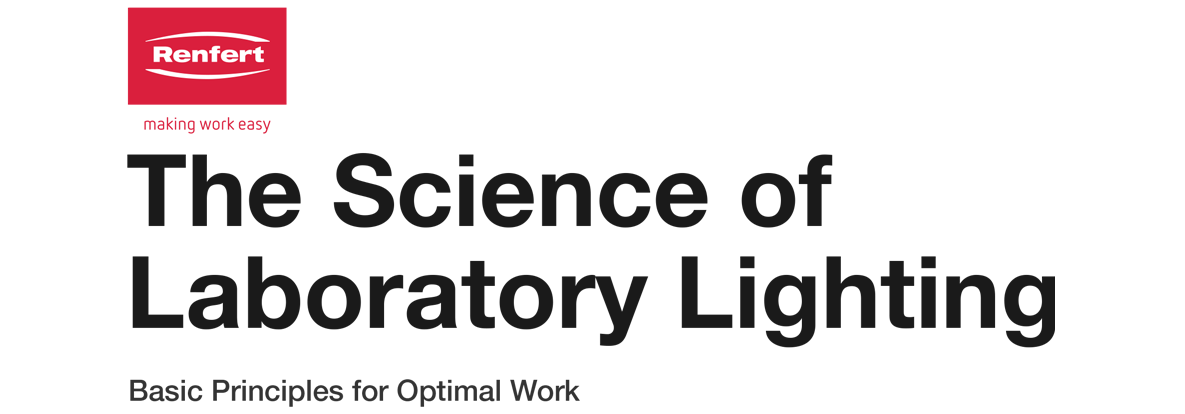
The Subject of the Article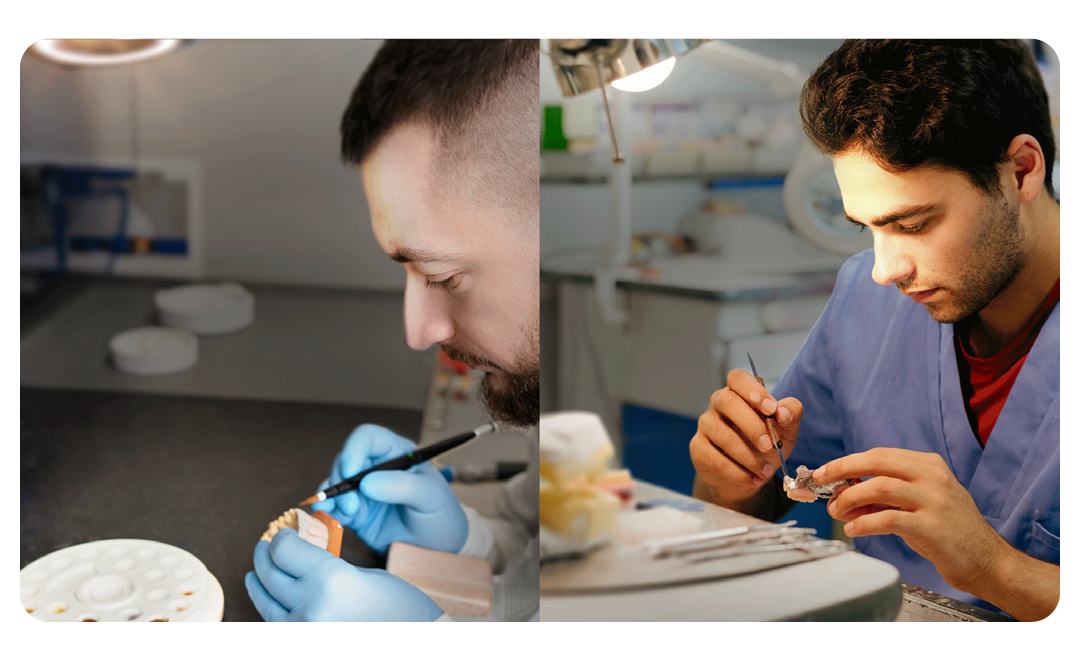
- Precise dental work requires clever lighting concepts.
- Uniform light distribution is more important than spot brightness.
- New optical possibilities improve working conditions.
- The technical article by MDT Sascha Hein provides some well-founded analyses.
MDT Sascha Hein examines the scientific principles of good laboratory lighting in an article in “dental dialogue” magazine. His analysis shows that correct lighting is much more than just a question of brightness. You can also read Sascha Hein’s analysis of ideal workplace lighting in the article “Color perception in dental technology: Why color arises in the brain”
The Basics of Vision in the Laboratory
“In dental technology, the constant observation of the smallest items and the assessment of shapes and colours demands maximum performance from the eyes,” explains Hein at the beginning of his article. A good light source not only aids visual function but also promotes well-being and reduces eye fatigue.
Understanding the Physics of Light
In his analysis, Sascha Hein distinguishes two central parameters:
- Lumen (lm) measures the total amount of visible light emitted by a light source in every direction. However, this value alone says little about the quality of the lighting.
- Lux (lx) describes the illuminance (intensity of illumination); in other words, the amount of light reaching a specific surface. This value is crucial in practical work
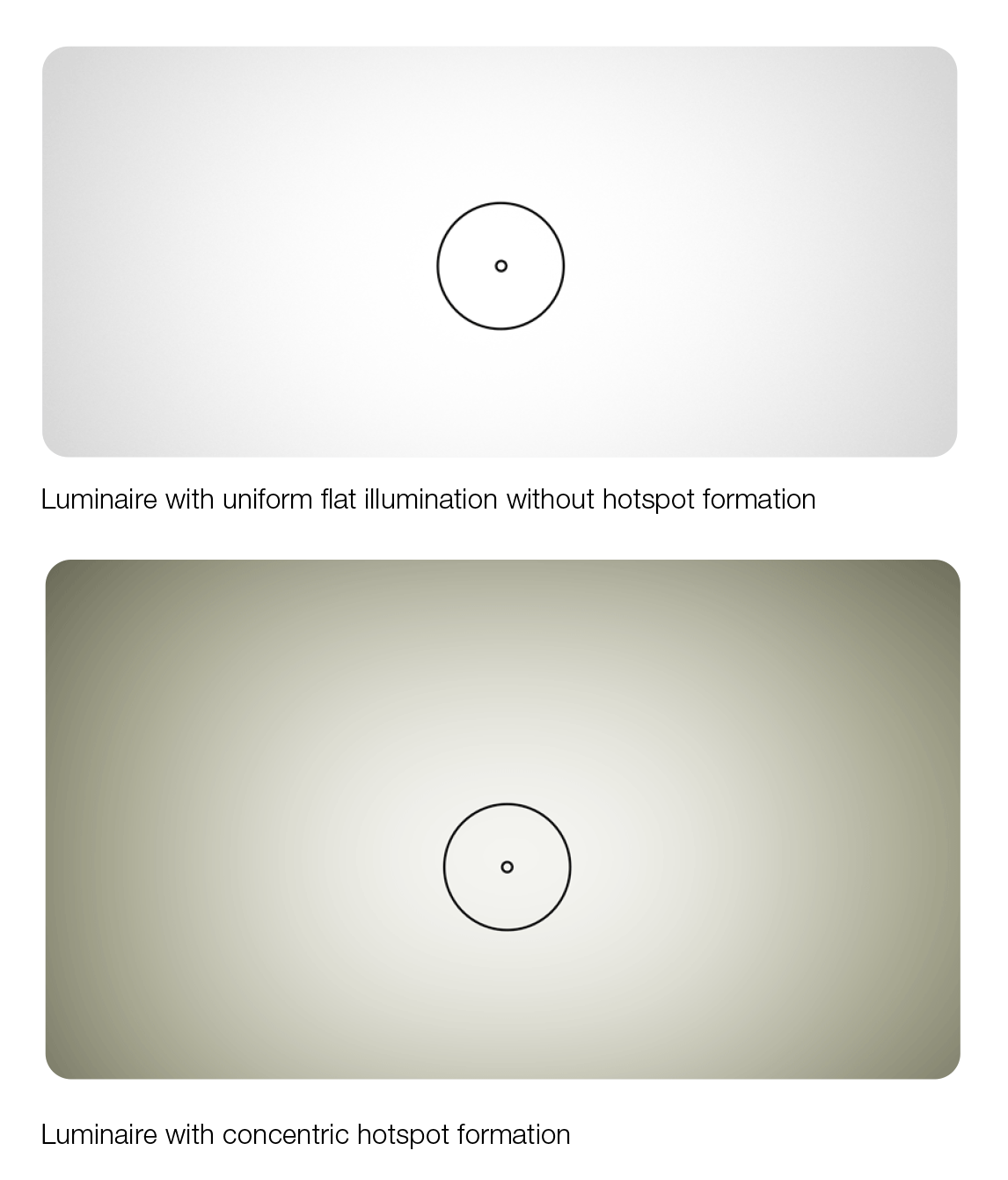
A survey amongst dental technicians produced some interesting results: An intense concentration of brightness on the working centre was perceived as unpleasant. In contrast, uniform, high brightness over the whole working area enables more relaxed and efficient work.
Did you know?
- Dental technicians often find an intense concentration of brightness on the working area unpleasant. Uniform lighting, on the other hand, permits more relaxed working.
- A lamp’s lumen value (the total amount of light) says little about the actual quality of the workplace lighting. The decisive factor is the lux value, which measures the amount of light reaching the working area.
- Two lamps may have the same lux value at the center but differ significantly in their light distribution. Conventional lamps often create annoying “hotspots”.
- Good laboratory lighting supports the visual performance and has also been proven to promote emotional wellbeing and reduce eye fatigue.
- The rectangular light distribution (LIGHT 1) corresponds better to the actual workplace geometry than the conventional circular illumination.
Technical Solutions
Sascha Hein’s analysis shows that conventional work lights have their highest intensity in the middle and decrease sharply towards the outside in a circular pattern. This restricts the possible illuminance, as excessive differences in brightness impair visual function. New technical developments address this challenge with special optical systems. For example, Renfert’s LIGHT 1 work light distributes the light evenly across the entire working area, avoiding any annoying differences in brightness.
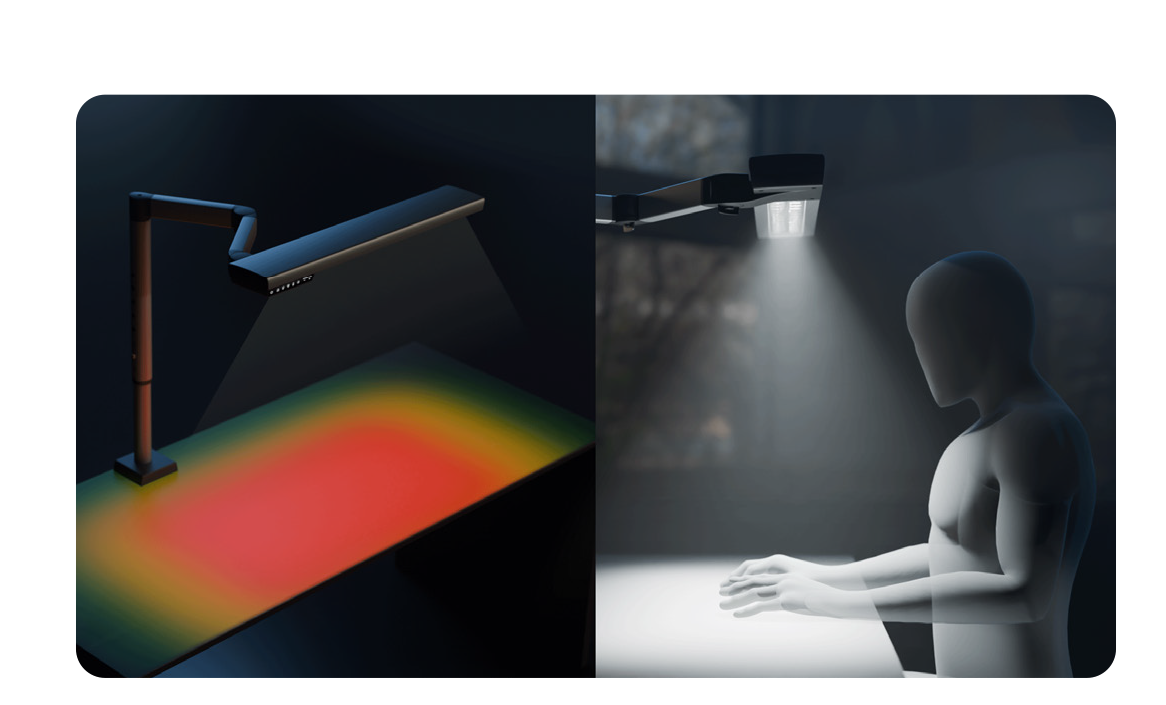
Measurable Criteria for Good Illumination
In his analysis, Hein defines clear criteria for assessing laboratory lighting:
- Uniform illumination of the entire working area
- Sufficient illuminance without any glare
- Adaptation of the light distribution to the geometry of the workplace
- Avoidance of disturbing differences in brightness
Conclusion:
Scientific Foundations for Better Work
Sascha Hein’s article makes it clear: Good laboratory lighting is based on sound scientific principles. Understanding these basic principles helps to optimize your own working conditions and leads to more precise, fatigue-free work.
“Making Work Easy”:
The Best Light for Dental Technology
The scientific findings described find their practical application in LIGHT 1, Renfert’s new workplace lamp.
Technical details:
- Illuminance: up to 5,500 lux in the mean working area
- Illuminated area: 100 cm x 60 cm
- Uniform rectangular light distribution Practical benefits:
- Fatigue-free work thanks to homogeneous illumination
- Precise color and shape assessment
- Efficient use of the entire working area
References
The Science of Laboratory Lighting: Basic Principles for Optimal Work From Sascha Hein Mar 31, 2025
